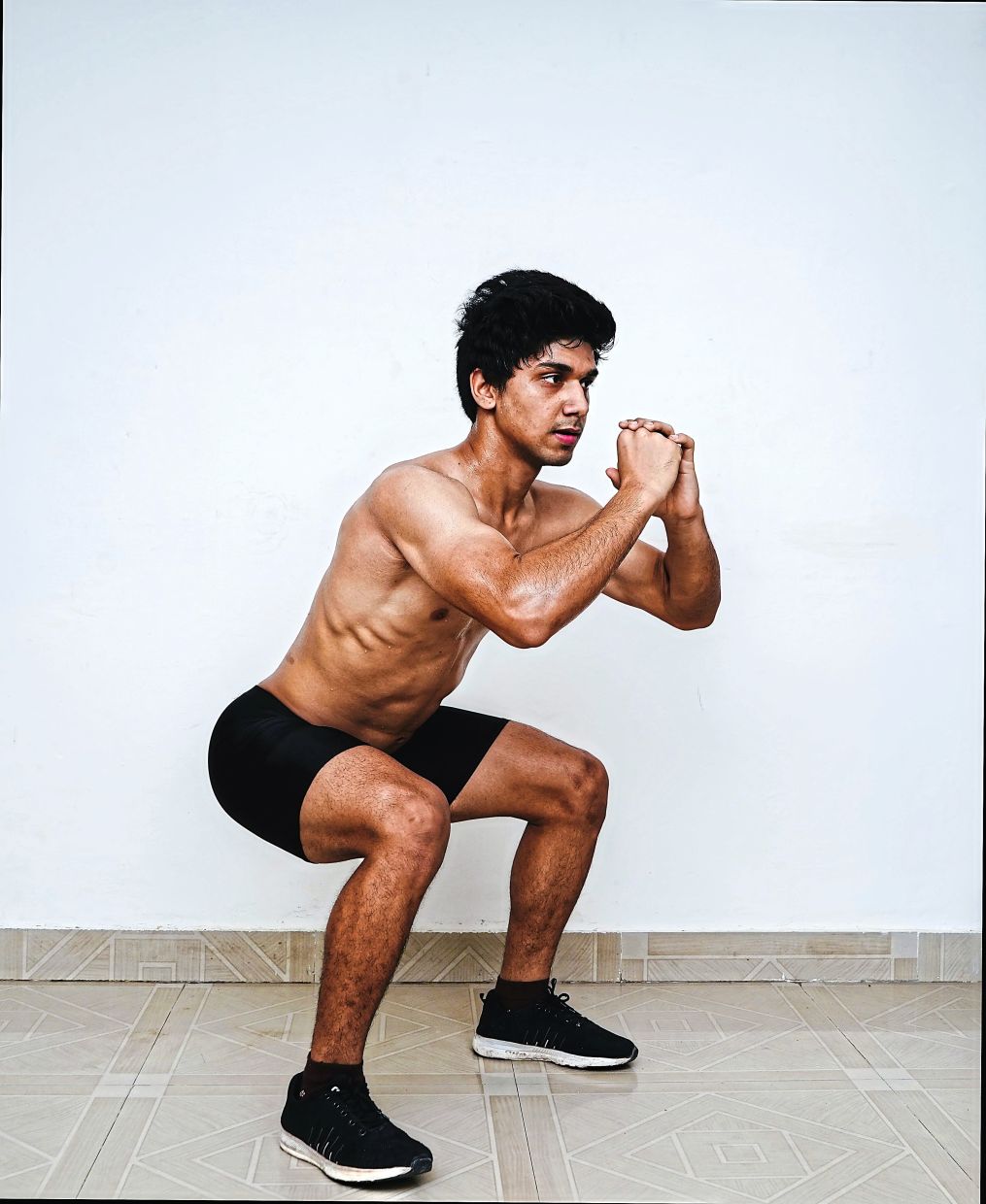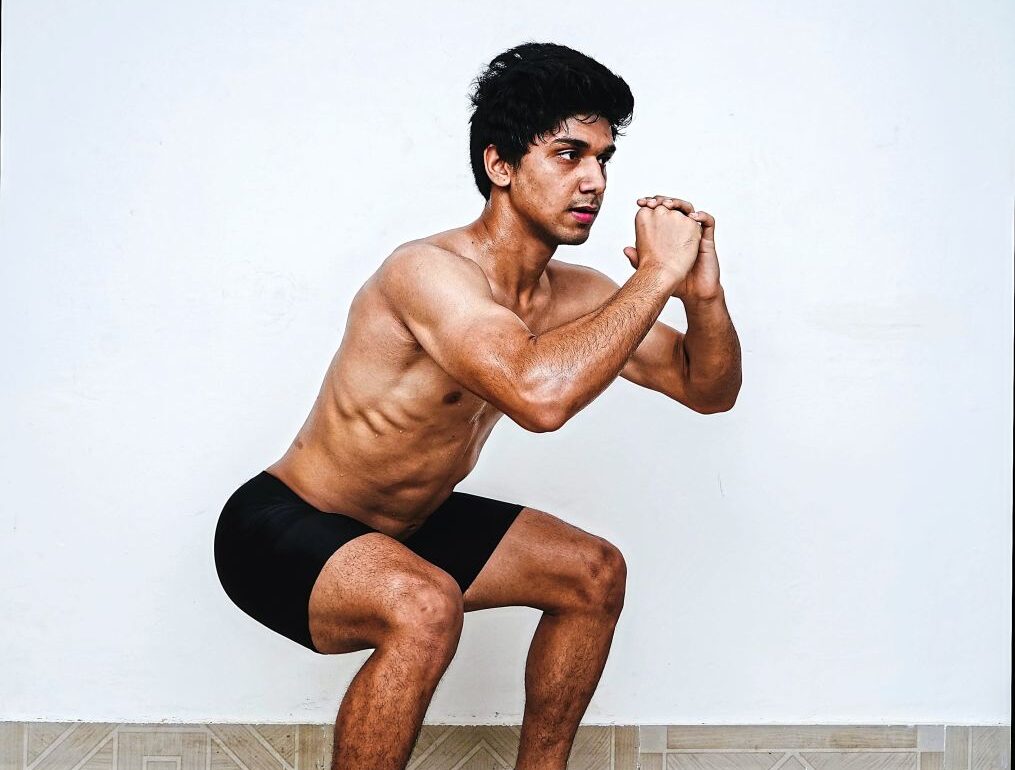
Ask any personal trainer and they’ll tell you squats have many fitness and health benefits.
It’s also a doctor’s favourite exercise prescription for older patients as it will help strengthen the knees and hips, which is important for balance and avoiding falls.
As we age, our soft tissues become less elastic; doing squats regularly can help slow down the process and keep you limber for longer.
The movement strengthens the tendons, ligaments and bones around the leg muscles, taking some load off the knees and ankles.
Loading your bones during squats can signal the body to increase the mineralisation of your bones.
It also turns on key hormones that build bone, rather than break it down.
Bone density is particularly important as we get older, so it’s certainly worth focusing on squats to delay bone loss.
Besides, squats tone your legs and booty, which then makes them firmer and improves your balance and posture.
When you walk tall and stand proud, all eyes are on you!
Most people are familiar with parallel squats, although half are probably doing it incorrectly, resulting in knee and back pain – many have complained to me about this.
When pain sets in, they give up on the exercise.
Performing a squat using the correct technique requires a good combination of mobility and strength.
The two most important muscles used in squats are the quadriceps (front of thighs) and gluteals (buttocks).
These muscles have to be able to lower the body slowly when going down, and be able to push you when you want to go back up.
The body sees this as two different muscle actions and an individual has to be able to perform both in order to have a successful squat.
Some people can go down easily, but can’t come back up, while others struggle to go down.
When you start off, how low you go should not be the emphasis.
Rather, concentrate on keeping the right form and go only as low as you can.
As your hip, knee and ankle mobility and strength get better, you should be able to go lower.
How to do a basic squat:
- Stand straight with feet hip-width apart and toes pointing forward.
- Engage your stomach muscles.
- Imagine you’re going to sit on a chair; push your hips back and lower yourself down.
- Keep your back straight and chest up as your arms come forward in front of your body to balance yourself.
- Go as low as you can, but the lowest should only be when your thighs are parallel to the floor and your knees are bent at 90°.
- Press through your heels and return to the starting position.
For those who are already doing squats regularly, consider changing the way you do them to stimulate the same muscles in different ways.
Try some of the variations in the photos below to challenge yourself.
Again, keep in mind that a sharp pain or feeling pins and needles in any part of the body while doing the exercise is a clear sign that something is wrong – stop immediately.
Adjust your body and try again, or engage a personal trainer to correct your form.
Choose one variation, stick to 10-12 repetitions and two or three sets, depending on your ability.
If the pain persists, consult a healthcare professional.
Revathi Murugappan is a certified fitness trainer who tries to battle gravity and continues to dance to express herself artistically and nourish her soul. For more information, email starhealth@thestar.com.my. The information contained in this column is for general educational purposes only. Neither The Star nor the author gives any warranty on accuracy, completeness, functionality, usefulness or other assurances as to such information. The Star and the author disclaim all responsibility for any losses, damage to property or personal injury suffered directly or indirectly from reliance on such information.
This post was originally published on this site be sure to check out more of their content.







